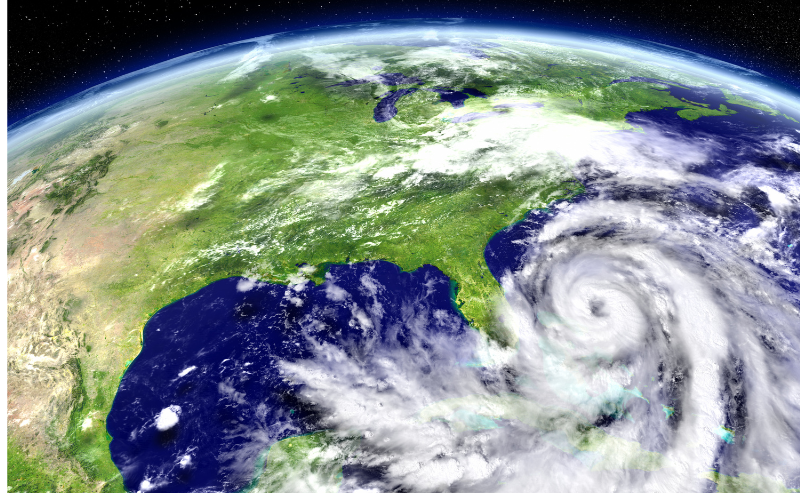In less than 30 days, the 2022 Atlantic Hurricane Season will come to an end. And while many are still grappling with the devastating impacts of Hurricane Ian from August, others are breathing a sigh of relief. But should they?
Data from the National Hurricane Center suggests one storm forms every two years in the Atlantic basin during November. In fact, according to weather experts, 34 named Atlantic Basin storms formed in November between 1950 and 2020, and 21 of them became full-fledged hurricanes. Among the most recent and notable of these storms were:
- Eta (2020) – Eta was the 28th of a record 30 named storms in the 2020 Atlantic Hurricane Season and the 13th hurricane of the season. Rapid intensification made Eta the third-strongest November hurricane on record in the Atlantic by wind speed (from 70 mph to 150 mph in 18 hours). After striking Nicaragua as a Category 4 hurricane, Eta reached the Florida Keys as a tropical storm on November 8, 2020, and made landfall again near Cedar Key, Florida, just four days later.
- Iota (2020) – Iota, which formed in the southern Caribbean Sea on November 13, 2020, was the record-breaking 30th named storm of the 2020 Atlantic Hurricane Season. It officially became the 14th hurricane of the season on November 15 and demonstrated rapid intensification like its predecessor Eta. Iota, too, struck Nicaragua (the first time on record that two major hurricanes hit the country during the same hurricane season).
- Otto (2016) – Otto first formed on November 20, 2016, in the Atlantic Basin, making it the record latest in the season since 1851. It moved through Nicaragua and Costa Rica and eventually dissipated in the eastern Pacific.
Before these significant November storms were Ida (2009), Paloma (2008), Lenny (1999), and Kate (1985).
The question is, are the conditions right for more tropical activity to develop during November 2022?
So far this season, there have been 12 named tropical storms, five of which strengthened into hurricanes. Two of the five reached major hurricane status (Category 3 or higher on the Saffir-Simpson scale). As previously mentioned, the worst was Hurricane Ian, which destroyed portions of Western Cuba, Southwestern and Central Florida, and the Carolinas.
Interestingly, two tropical systems are present at the time of this posting – Tropical Storm (TS) Lisa and Tropical Storm (TS) Martin. TS Lisa is intensifying and will soon make landfall over Belize and the Yucatan Peninsula; TS Martin will continue to move away from the U.S. in the Central North Atlantic.
The development of future tropical activity hinges on several atmospheric and oceanic factors. These include water temperature, wind shear (especially in the upper atmosphere), the presence of tropical waves, and high relative humidity values. La Niña conditions (which are favored to remain in place for the rest of 2022) also play a role in enhancing hurricane activity.
With such volatility, no one (not even the weather experts) can confidently predict how the rest of the 2022 Atlantic Hurricane Season will go. The best we can do is remain aware and, of course, prepared – not just through November 30 (the official end of the season) but beyond. Tropical systems and even hurricanes have formed in past Decembers.
The 2023 Atlantic Hurricane Season doesn’t start until June 1. At BOLDplanning, a division of Agility Recovery, we encourage you and your organization to use this time to plan ahead. If that involves continuity, emergency, and/or hazard mitigation, we can certainly help. Email info@BOLDplanning to learn more.






